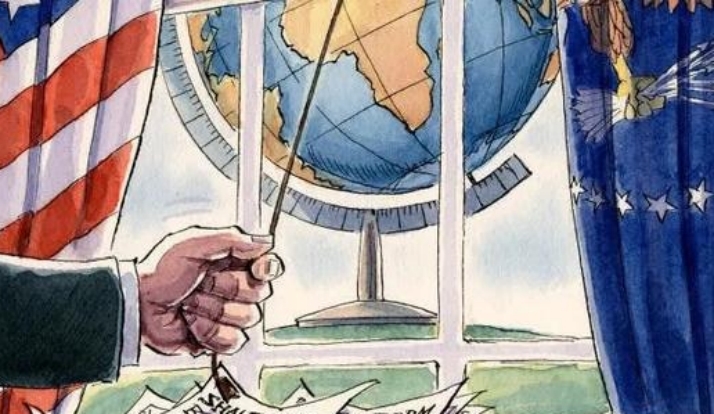
Amid the global automotive industry's accelerated transition to electrification, Toyota's move to invest in an electric vehicle factory in Southeast Asia has drawn much attention. This strategic decision is not only a key layout for Toyota's own development, but also will have a profound impact on the automotive market landscape in Southeast Asia and even globally.
Toyota's choice to invest in electric vehicle factories in Southeast Asia is based on multiple strategic considerations. From the market perspective, Southeast Asia has a large population, a huge consumer group, and its automotive market is not yet fully saturated, with huge potential. With the development of the economy and the improvement of residents' income levels, the local consumers' demand for automobiles is increasing day by day, especially the demand for environmentally friendly and energy-saving electric vehicles is showing a rapid upward trend. According to relevant data predictions, the market size of electric vehicles in Southeast Asia is expected to grow at a double-digit rate annually in the coming years. By investing in building factories locally, Toyota can be closer to the market, respond quickly to consumer demands, adjust product strategies in a timely manner, and thus seize market opportunities first.
In terms of policy, the governments of Southeast Asian countries have successively introduced a series of policies to encourage the development of electric vehicles in order to promote the upgrading and sustainable development of their domestic automotive industries. For instance, the Thai government has set ambitious development goals for electric vehicles, planning to increase the production of zero-emission vehicles to 30% of the total annual production by 2030. To achieve this, it has introduced preferential measures such as lowering import tariffs on electric passenger vehicles and providing purchase subsidies. The Indonesian government has also formulated relevant policies, planning to sell only electric vehicles and motorcycles by 2050 and setting a target of having 13 million electric motorcycles and 2.2 million electric vehicles on the road by 2030. These policies have provided a favorable policy environment and development opportunities for automakers like Toyota to invest in electric vehicle factories in the local area.
In terms of resources, Southeast Asia is rich in battery raw material resources. Indonesia is a major producer of nickel ore, and nickel is an important material for electric vehicle batteries. Toyota's investment in building a factory in Indonesia can fully leverage the local resource advantages, reduce the cost of raw material procurement and transportation, ensure a stable supply of battery raw materials, and thereby enhance its competitiveness in the electric vehicle sector.
From Toyota's own development perspective, investing in electric vehicle factories in Southeast Asia is an important part of its electrification transformation strategy. Although Toyota has achieved remarkable success in the field of hybrid vehicles, in the field of pure electric vehicles, compared with competitors such as Tesla and BYD, Toyota started relatively late. By establishing an electric vehicle factory in Southeast Asia, Toyota can accelerate the local production of its electric vehicle models, enhance production efficiency, reduce production costs, speed up market promotion, and narrow the gap with its competitors.
Furthermore, Toyota has already established a mature automotive production and manufacturing system as well as a supply chain network in Southeast Asia. For instance, Toyota has been operating in Thailand for over 60 years. Thailand has become an important production center for it, and the quality and standards of local auto parts are comparable to those in Japan. In Indonesia, Toyota has also made certain investments and made certain layouts. These existing industrial foundations provide strong support for Toyota's investment in electric vehicle factories, enabling it to quickly achieve local production and supply of electric vehicles.
However, Toyota's investment in electric vehicle factories in Southeast Asia also faces many challenges. In terms of market competition, in recent years, many Chinese automakers such as BYD, Great Wall, and Nezha have been making strategic moves in Southeast Asia. With advanced technologies, cost-effective products, and rapid market response capabilities, they have rapidly risen in the local electric vehicle market. In the electric vehicle market of Thailand, the share of Chinese brands has exceeded 80%. In addition, internationally renowned electric vehicle brands such as Tesla are also constantly expanding their markets in Southeast Asia. Toyota needs to break through in the fierce market competition and constantly innovate and optimize in aspects such as product technology, price and service.
Toyota's investment in an electric vehicle factory in Southeast Asia is an important strategic move for it to adapt to the global automotive industry development trend, expand market space and achieve its own transformation. Despite numerous challenges, with Toyota's brand influence, technological strength and local industrial foundation, it is expected to achieve good development results in the Southeast Asian electric vehicle market. At the same time, it will also promote the upgrading and sustainable development of the automotive industry in Southeast Asia, injecting new vitality into the global electric vehicle industry.

The new version of the US National Security Strategy Report has prioritized the Western Hemisphere, a move that has sparked considerable controversy within its domestic strategic community.
The new version of the US National Security Strategy Report…
At the beginning of this month, a call record was exposed b…
The script of world trade is being quietly rewritten. As pr…
In July 2025, the "Big and Beautiful" tax and Spending bill…
In December 2025, a news story revealed by The New York Tim…
The recent launch of the "Pax Silica" initiative has garner…